
Civil IoT Taiwan
Civil IoT Taiwan is part of the government’s Forward-looking Infrastructure Development Program under the Digital Infrastructure category. With the collective effort of the National Science and Technology Council (NSTC), Ministry of Transportation and Communications (MOTC), Ministry of Economic Affairs (MOEA), Ministry of the Interior (MOI), Environmental Protection Administration (EPA), Academia Sinica, and Council of Agriculture (COA), Ministry of Digital Affairs, the project aims to address the core needs of the public by prioritizing four key mission areas, namely air quality, earthquake, water resources, and disaster prevention and response. By leveraging AI and IoT technologies, the project strives to deliver well-rounded, smart living services to facilitate the government and the people in responding to the challenges in an ever-changing environment.
The application of digital twin technology
Solution Description
The application of digital twin technology in building smart cities is becoming increasingly clear, serving as a crucial engine for driving urban transformation. In the development of smart cities in recent years, citizens can view the growth and development of the entire city, including population growth, new construction, and other major activities, in a 3D format, gradually emphasizing the concept of a virtual city. Digital twin technology can simulate disaster scenarios, including weather events and traffic accidents, assisting disaster response personnel in rapidly understanding the situation and optimizing the efficiency of disaster response. In recent years, with the advancement of aerial photography, simulation technology, and computing resources, The National Science and Technology Center for Disaster Reduction has leveraged advanced technology to create a mountainous flood inundation model system. This system enhances disaster warning and impact analysis, providing a comprehensive view of vulnerable settlements. It utilizes dynamic models and virtual-real integration, presenting alert information and disaster impacts through visual elements, contributing to informed decision-making in disaster situations.
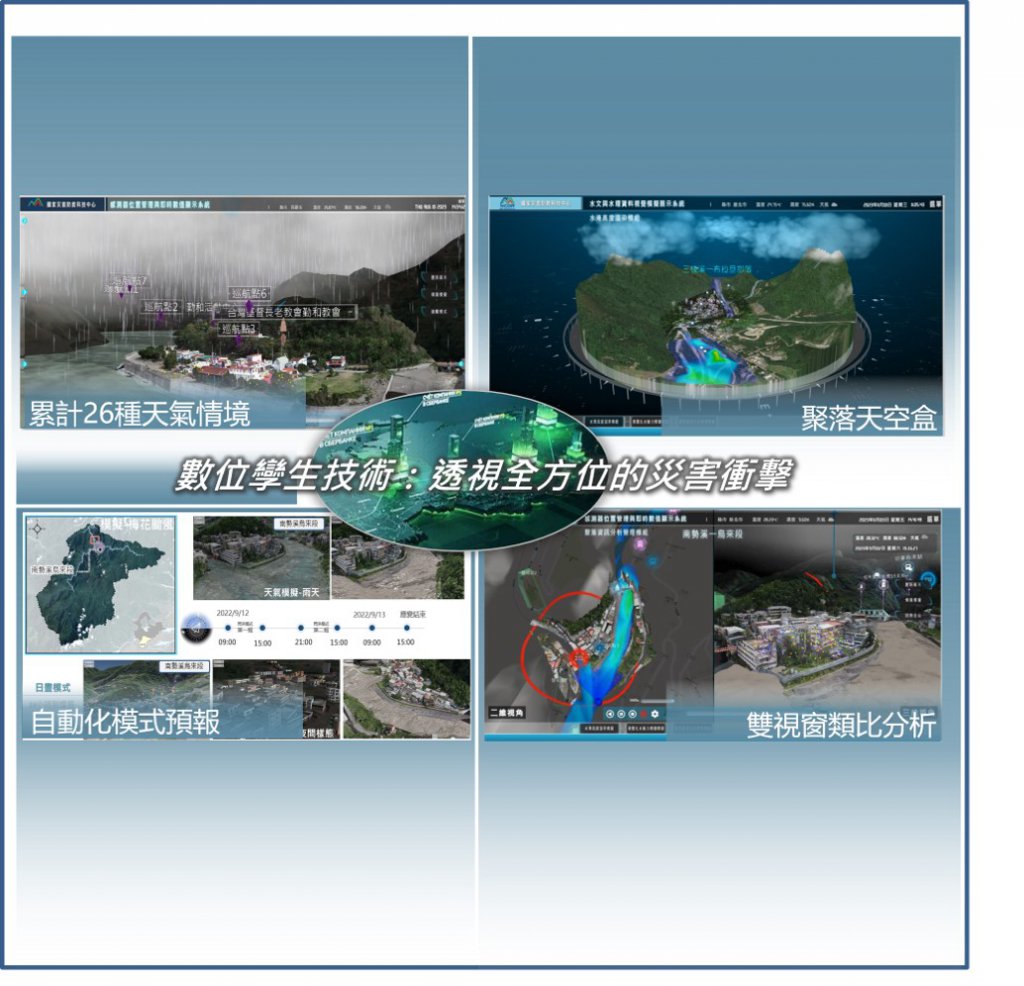
Download
Solutions
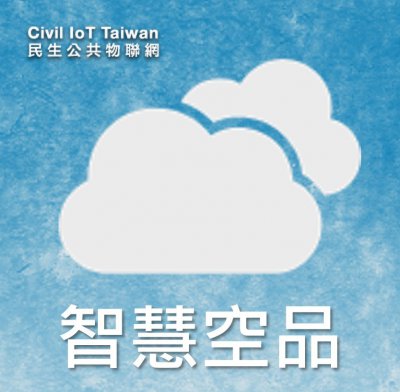

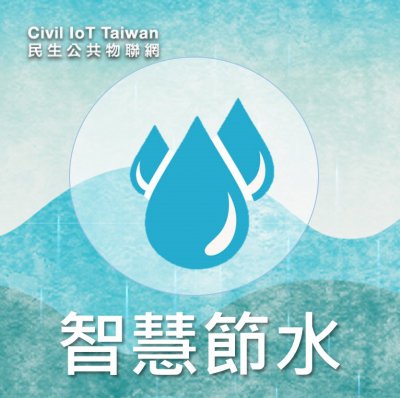

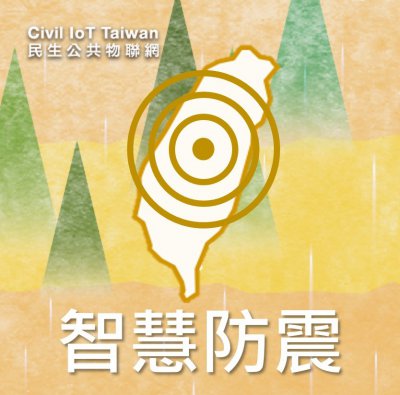

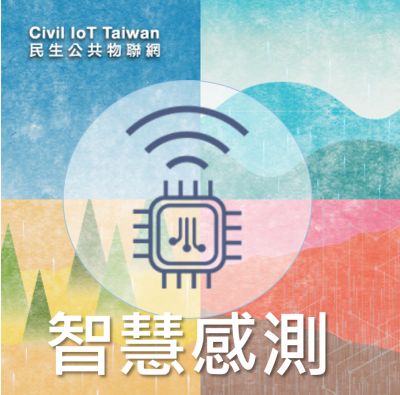

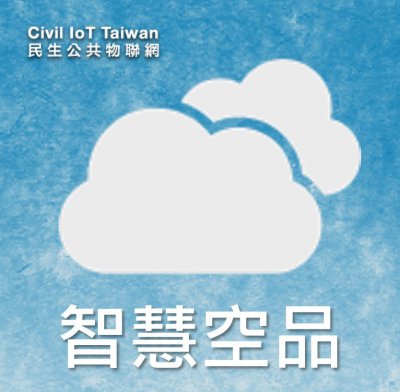

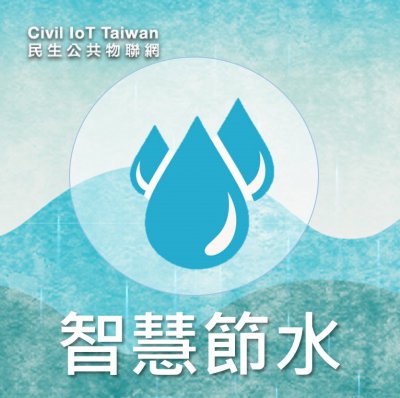

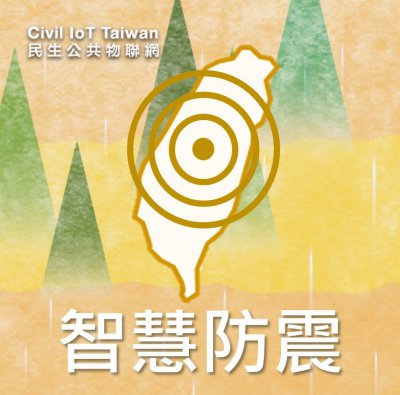

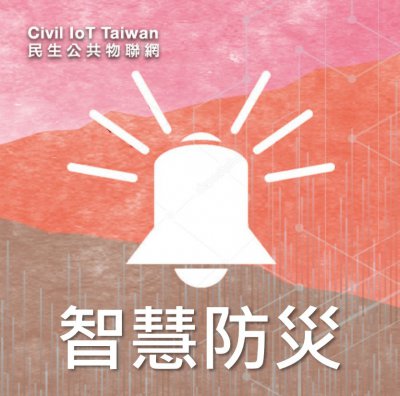

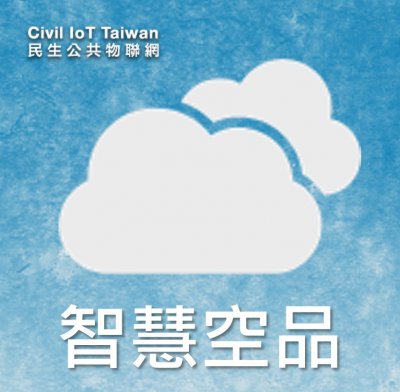

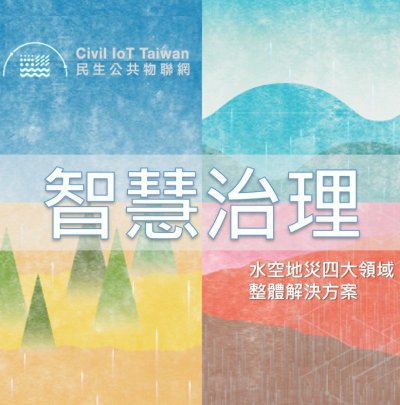

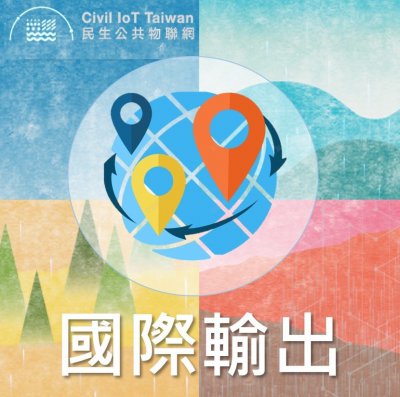

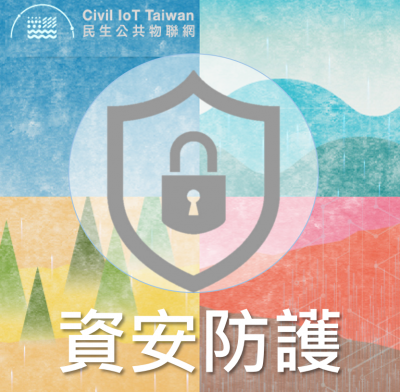

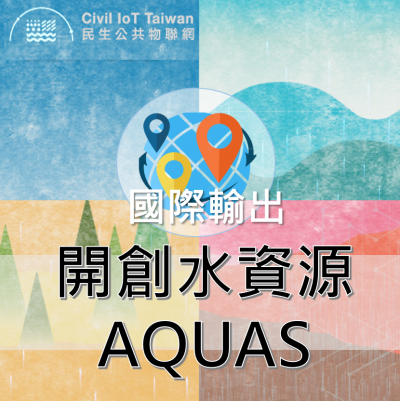

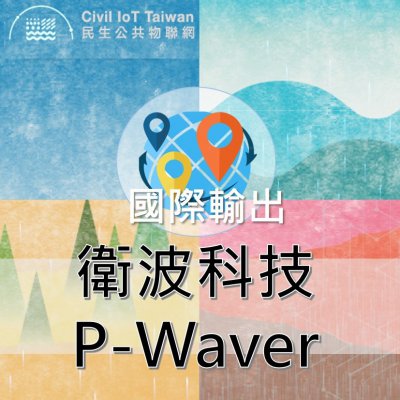

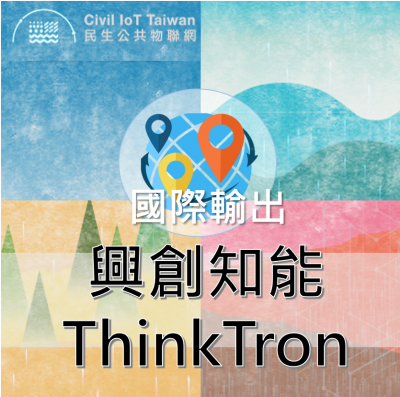

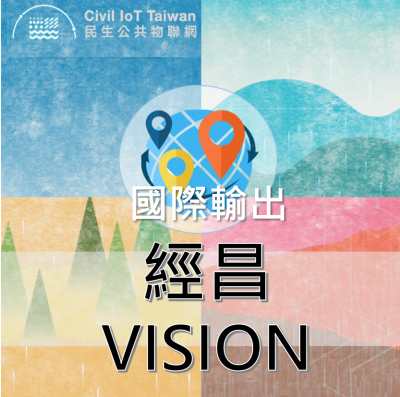

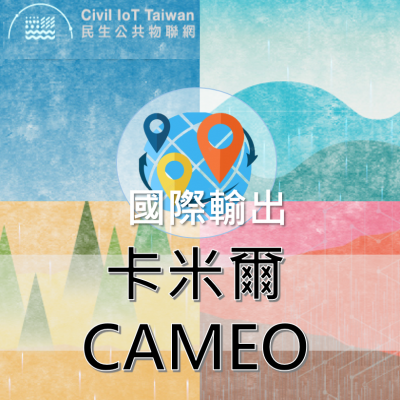


 、Firefox
、Firefox  、Edge
、Edge  瀏覽器!
瀏覽器!